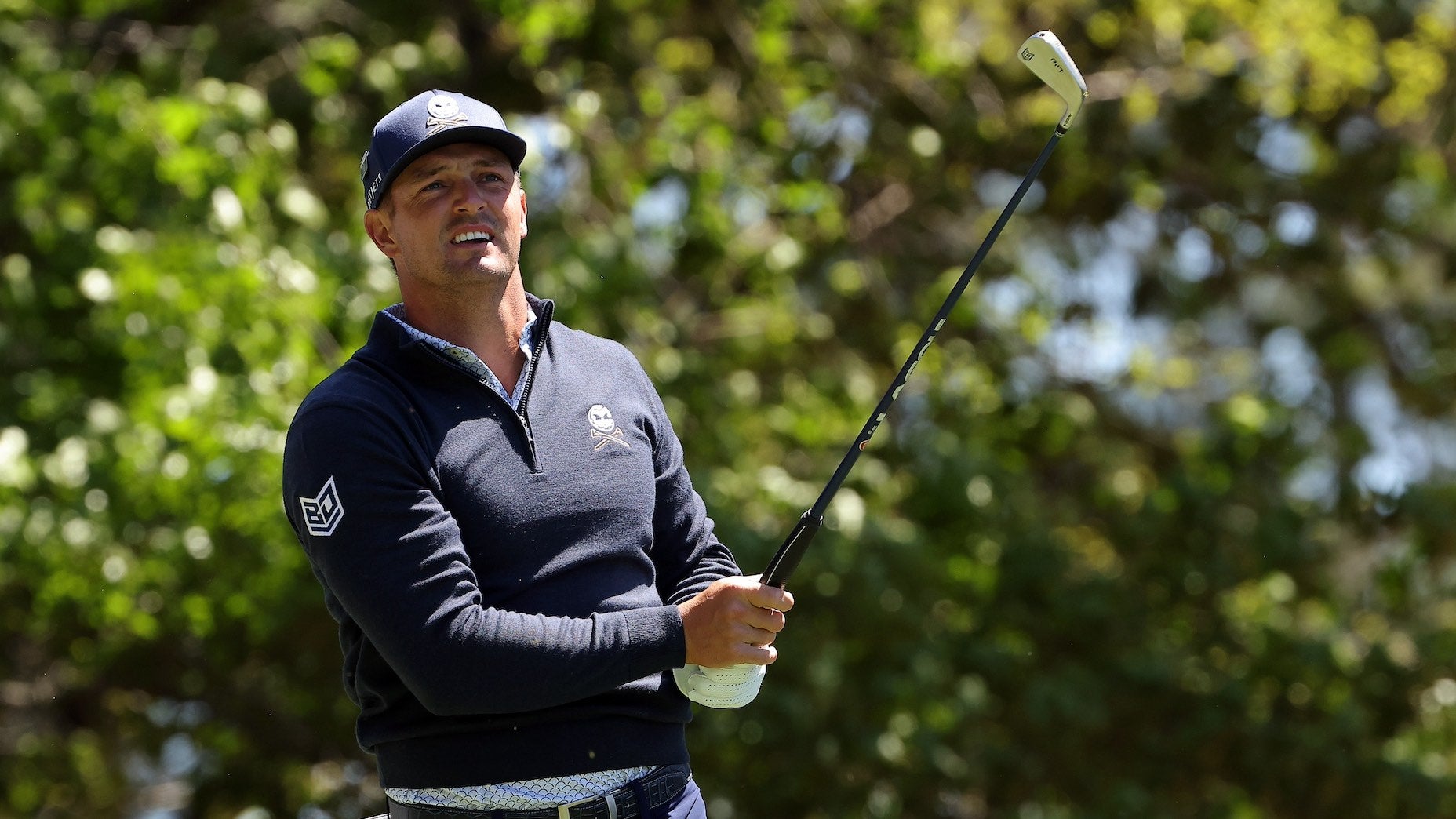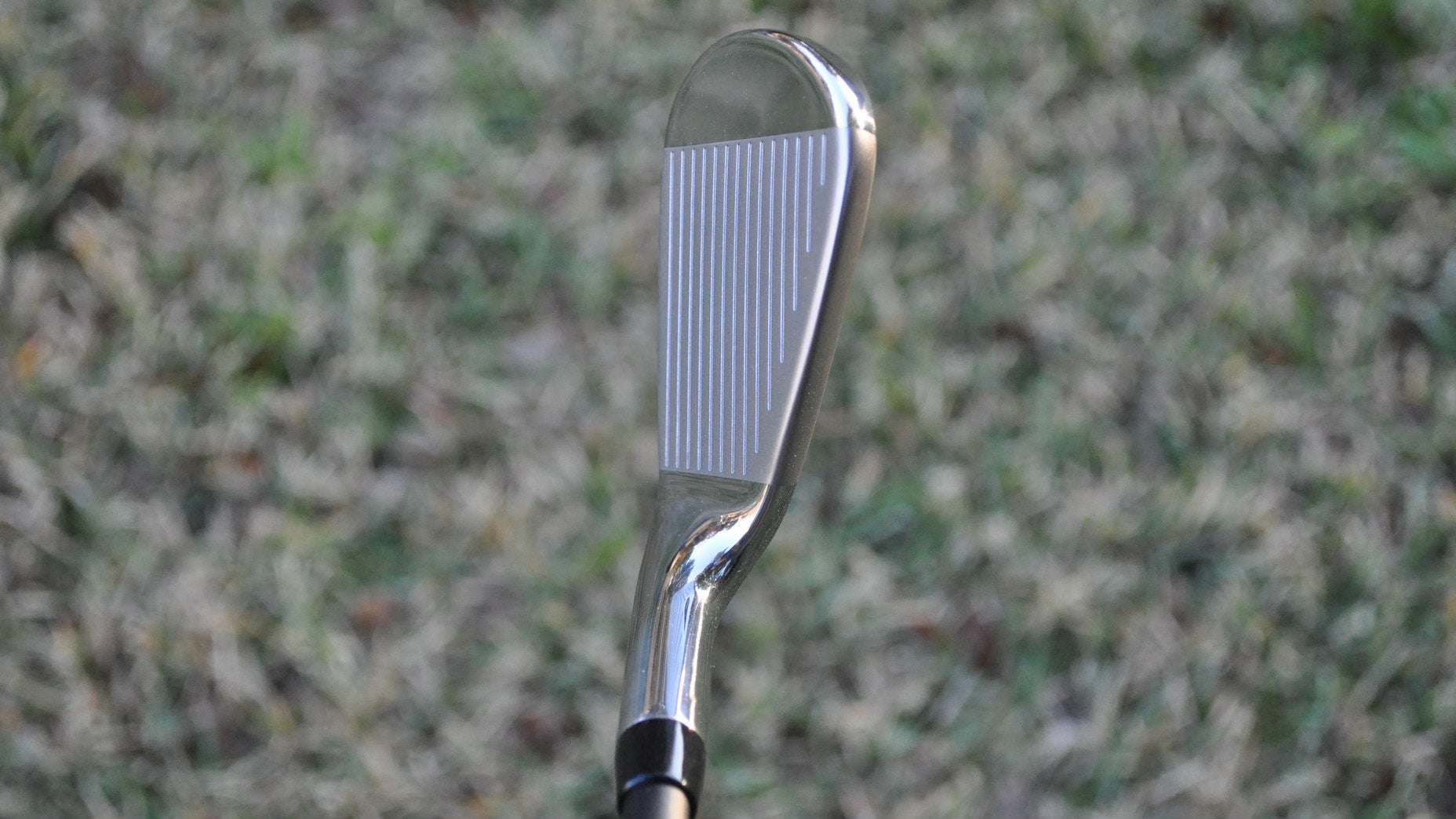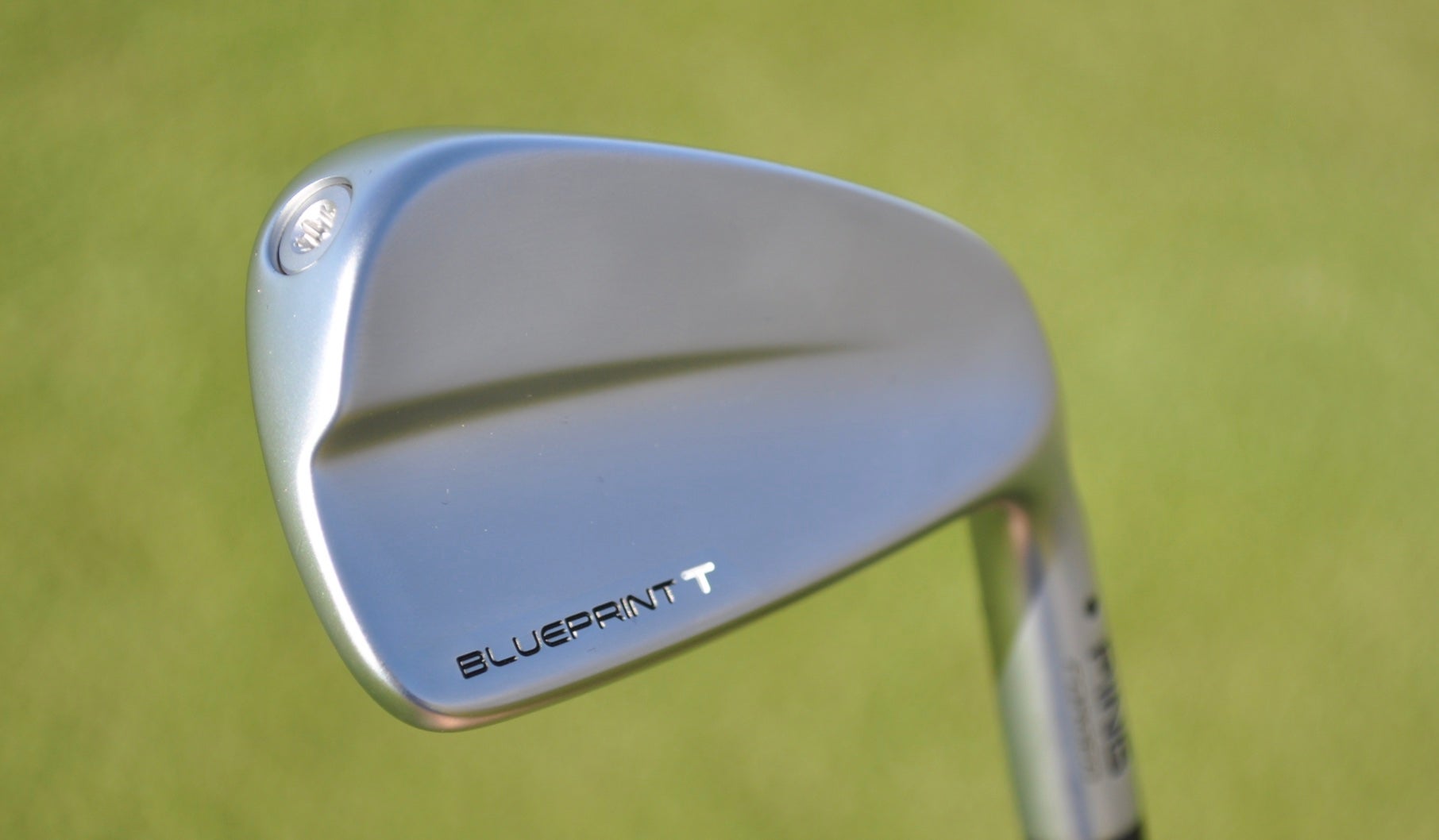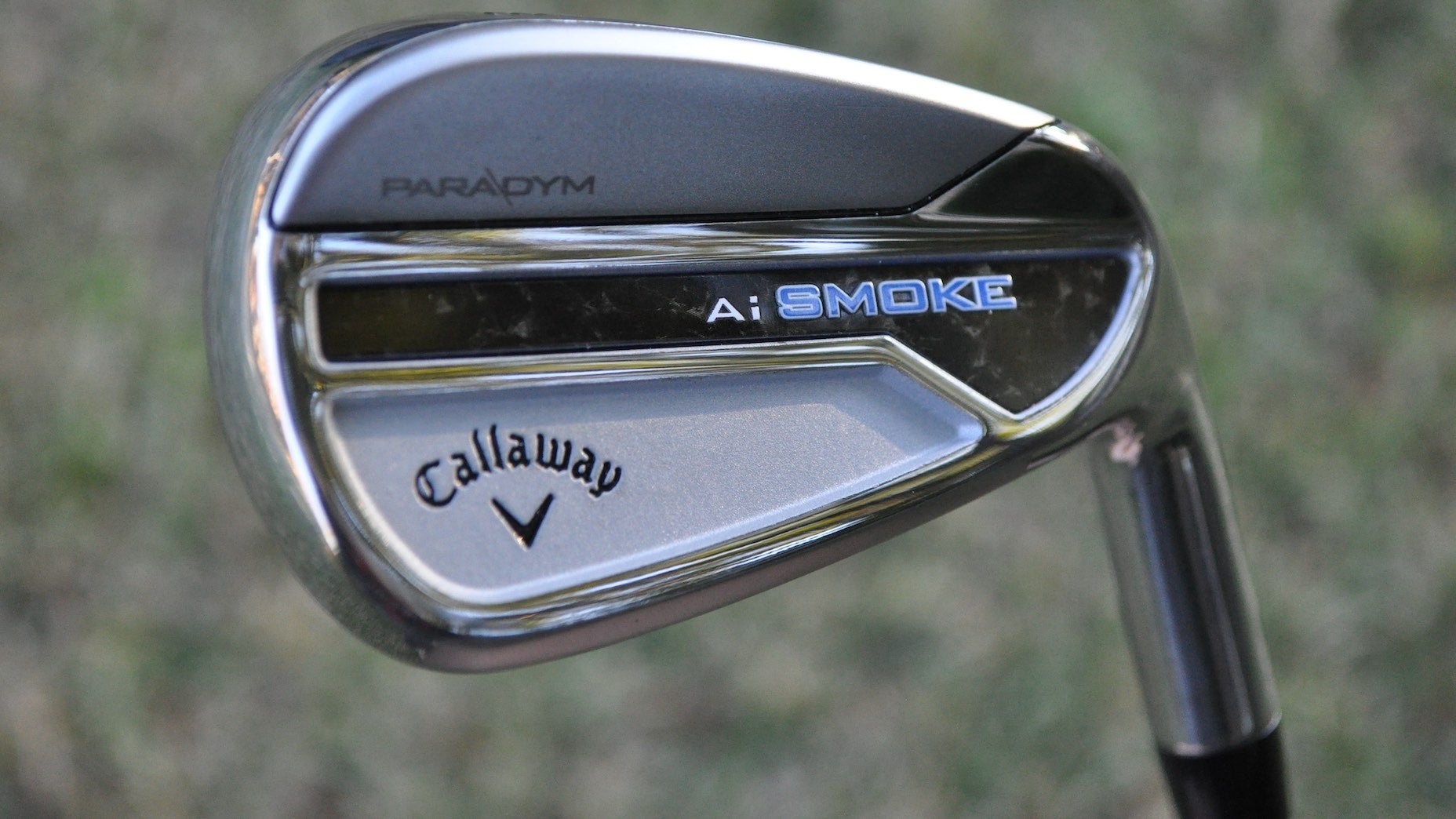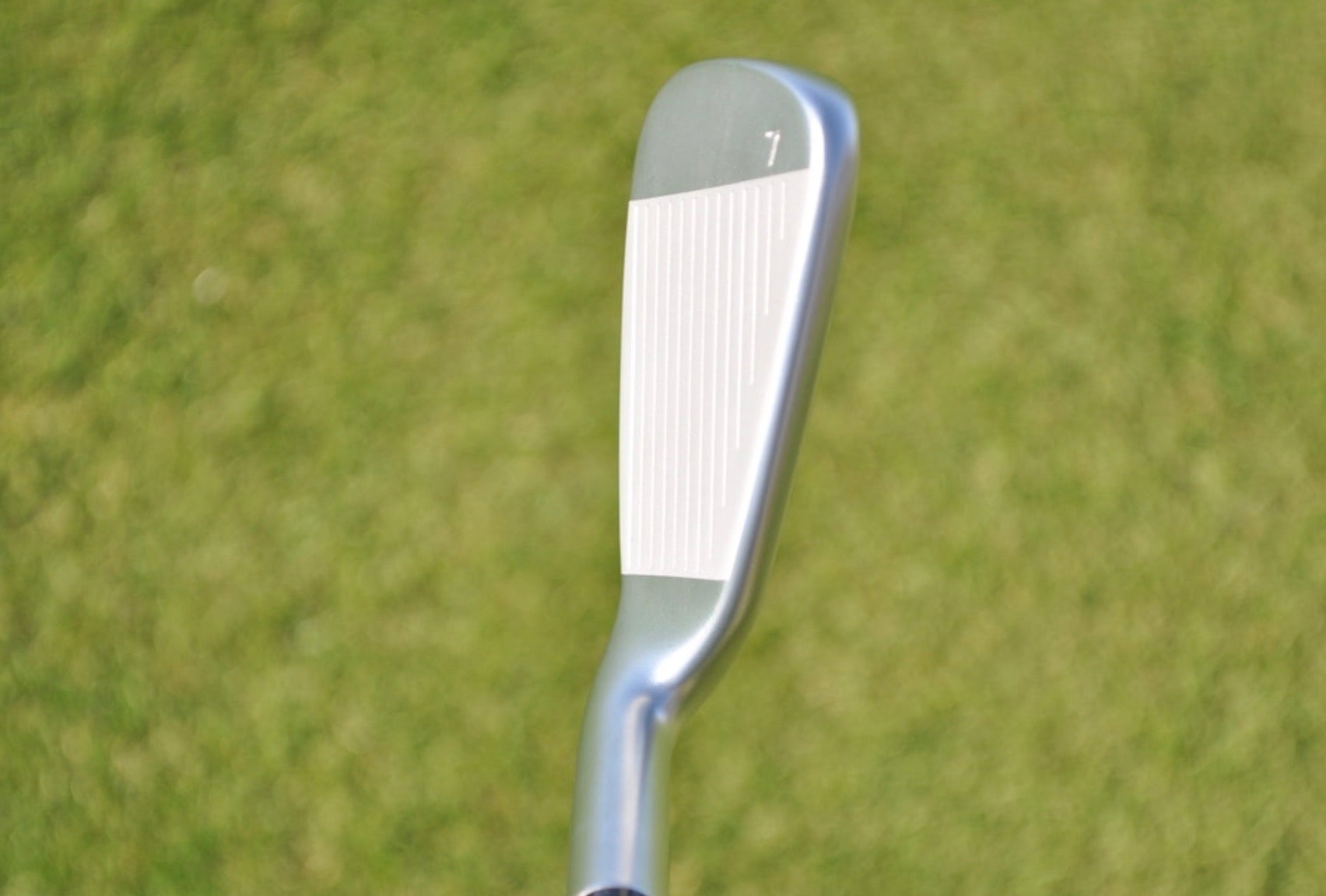Whenever an equipment company releases new irons, there seems to be a bevy of responders who accuse them of “loft jacking.”
What is loft jacking? Well, some people believe that iron designers make lofts stronger than they used to be, or need to be, for the sole purpose of increasing distance. Some people also consider that alleged practice to be “cheating,” with the belief that the company is only trying to win a distance battle against the competition.
Traditionally, a 7-iron would have a loft of around 36 degrees, whereas lofts of 30 degrees or less are common nowadays. Almost all retail iron specs are available for public consumption, so you can see for yourself just how much they have changed.
Hm, maybe the hecklers have a point?
On our most recent Fully Equipped podcast, David Neville, Callaway’s Senior Director of Brand and Product Management at Callaway, responded to loft-jacking accusers.
“The loft is just one piece of it, and we’re looking at launch angles, we’re looking at spin rates, and we’re looking at descent angles, as well,” Neville said. “A static loft is just one piece of the puzzle.”
Neville says that while the new Big Bertha B-21 irons, for instance, have pitching wedges with relatively strong 43-degree lofts, they are lofted that low for a reason.
“We have over 40 grams of Tungsten low and deep in the head of these irons,” Neville said. “So, if you were to have what we call ‘tour spec’ type of lofts on the Big Bertha irons, say a 46-degree pitching wedge … these would go straight up in the air and you would lose a ton of distance. Because of how wide that sole is, because of all the Tungsten that’s in there, you’re almost required to strengthen the lofts to get it into the launch window. And that’s really more important to us than what the static loft is.”
To Neville’s point, many modern golf irons – especially those in the game-improvement category – are designed to help golfers launch the ball higher in the air versus older irons. Following that logic, if loft doesn’t change to counteract the increase in height, then the result is a ball flight that’s too high for most.
What do you think about the great loft-jacking debate?
Listen to Neville’s full comments in the podcast below, or listen here on iTunes.



